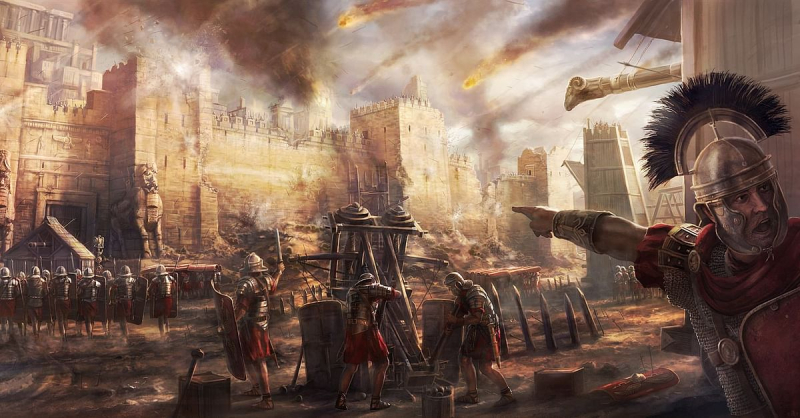Pioneers of Siege Warfare

Top 10 in Top 10 Ancient Roman Inventions
Romans did not develop siege warfare, but they made significant contributions to expanding its use and honing its skills.
Greek weapons like the ballista, a catapult that increased the crossbow's range and power, and the scorpion and onager, a torsion-powered siege engine that was typically shown as a catapult with a bowl, bucket, or sling at the end of its throwing arm, were modified and enhanced.
Many contemporary government initiatives, such as those that subsidized food, education, and other costs for the poor, have their roots in ancient Rome. The tribune Gaius Gracchus established the lex frumentaria, a legislation that required Rome's government to provide its citizens with allotments of cheap grain, in 122 B.C., which is when these entitlement systems first appeared. This early type of charity persisted under Trajan, who established the "alimenta" program to aid with the feeding, clothing, and education of orphans and underprivileged youngsters. Later, more things including oil, wine, bread, and pork were added to the list of goods with fixed prices; these may have been purchased with "tesserae" tokens. In spite of the fact that these generous gifts made Roman emperors more popular with the populace, some historians contend that they also contributed to the city-economic state's downfall.











